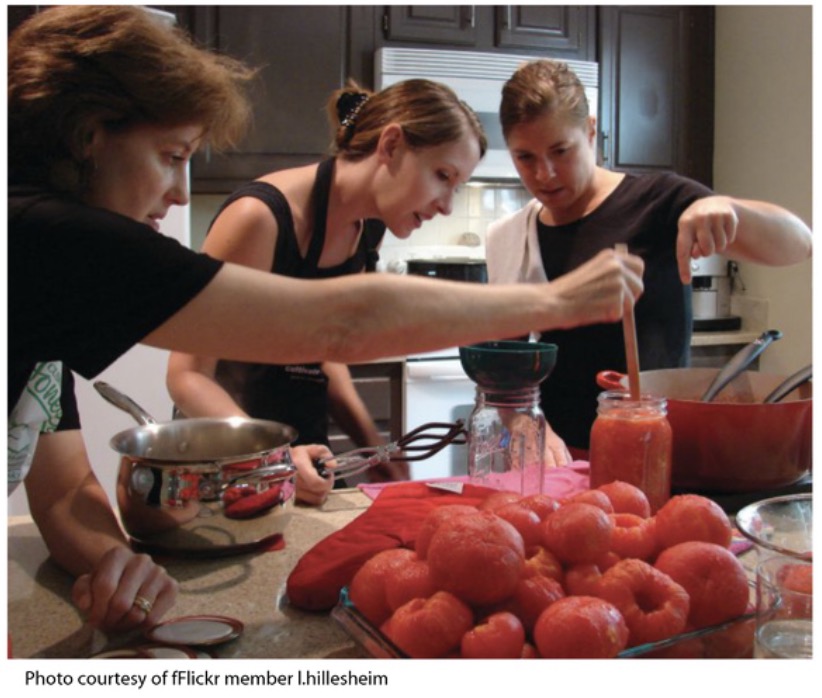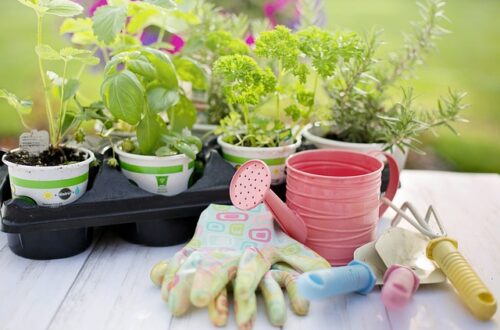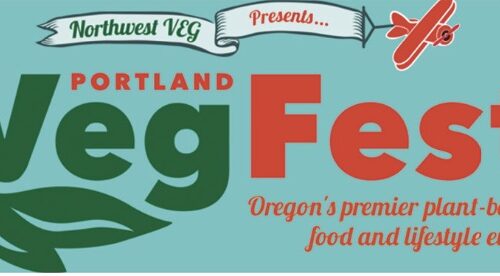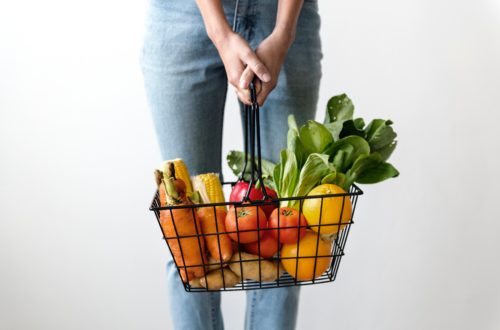“We need to take time to consider the larger picture: where would we be without the farmers and the farms? Where would we be without enough water to irrigate the farms?”
I get so excited this time of year when I see the amazing bounty our farmers produce for us. The lavish mounds of tomatoes, berries, plums, corn, green beans and more, inspire me to think of ways to preserve at least some of these beauties for winter meals.
I think part of this urge is due to seeing my mother can peaches, pears, tomatoes, berries, cherries, and jams and pickles. Most mothers did that in the 50s and 60s. These were parents who had experienced at least part of The Depression, when there wasn’t as much disposable income, so folks went to farms to buy fruits to “put up” to see them through the winter. They knew from experience the true value of food.
Before the days of air conditioning; my mother would be dripping, working in a steamy kitchen on what seemed like the hottest days of the year, when she canned the tomatoes and peaches. She also froze some things – I remember savoring partially-defrosted jewel-like berries with shimmering ice crystals still attached.
All of these are activities that can be done with a group of friends working together. My friend, Chris, talks about how the women in her extended family would get together to process bushels of corn for the freezer. They would all wear their “corn dresses” (old house dresses that could be spattered on) and set up tables outside in the shade to cut the corn off the cobs with sharp knives. And of course, they chatted while they worked which made the time pass more quickly.
I preserve most of my foods in glass jars and keep them in the freezer: blanched green beans, spinach, asparagus and pea pods, whole Roma tomatoes, chunky applesauce, corn, and whatever else strikes my fancy. It is a real treat to reach in the freezer for my dinner ingredients, knowing where they came from. I also have a food dryer for fruits, and I have made pickles, jams, and marmalades. Like most of us, I do not need to conserve all my winter food. But I do love conserving and preserving because it gives me a sense of appreciation, self-reliance, and accomplishment.
When it comes to conserving and preserving, it is essential to think beyond those glass jars. Because of the way we live now, most of us aren’t in touch with the folks we depend on to feed us. We need to take time to consider the larger picture: where would we be without the farmers and the farms? Where would we be without enough water to irrigate the farms?
We can also conserve food by not wasting it. Much food is wasted, both in homes and throughout the entire food system. Keep in mind that the final produce you see in the store, or the farmer’s market, embodies energy consumption to grow, harvest and transport it, as well as lots of water for irrigation. If we have wasted produce at home, we can compost it so we can enrich our garden – the same way Nature enriches her growing things. So in the winter when you reward yourself by opening up a jar of some treasure that you preserved, take a moment to realize that in doing so, you also preserved a bit of the planet.
Betty Shelley, and her husband, Jon, have filled only one 35-gallon can of garbage per year since 2006. In her three-session class, “Less is More: Getting to One Can of Garbage a Year”, Betty Shelley teaches her techniques for reducing waste. For more info: www.reduceyourwasteproject.com






